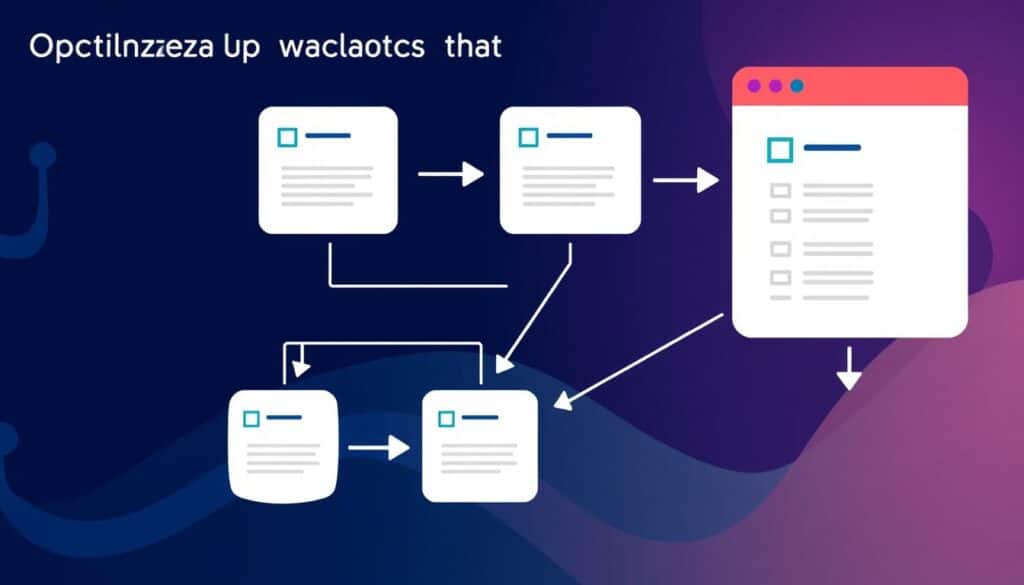Collecting Addresses Through a Address Collection Site
Collecting addresses during the COVID epidemic can be a daunting and time-consuming task. If you're collecting addresses for a wedding or event, or holiday card, having a central list of addresses will make the process much less stressful!
Create a website using your own URL. Share this URL with family and friends so they can provide you with their addresses, birthday information, phone numbers, etc. Your new website will store all of the information you need - no charge, limit or hassle!
Addresses to be collected
The task of collecting addresses for a wedding is vital. It can be accomplished in a number of ways, both electronically as well as traditional. The most efficient method to collect and compile addresses is to use a website that can help you with this process. These sites are easy to use, and you can share them with your friends and family so they can also add their information online. You can download all of the information as a spreadsheet or CSV file at anytime. These websites are generally free to use, and they not sell or store your address information.
One of the most sought-after digital options is a website called Mailbook. It helps couples gather and compile all the details they require to design their invitations. After you sign up for a free account on the site you'll receive a unique link that you can share via email, text message or Facebook. 링크모음사이트 will prompt users to enter their address information, and then save it in your personal contact list. The service also provides a number of other features that make it an excellent option for couples who want to streamline their wedding planning process.
Another method of collecting and organizing addresses is an application that can be used on a smartphone or tablet. These apps can be used to create customized envelopes and labels to mail out invitations and thank you cards. These apps are typically free to download and include various features that will be useful to plan your wedding.
There are a variety of ways to collect addresses for weddings, and combining digital and manual methods is often the most effective method to ensure that all of your guests receive an invite. In addition to making the process more efficient, having a centralized list of addresses will aid you to communicate with your wedding vendors and cross off the other items on your to-do list.
Mobile Apps
Every mobile phone has an address book application. This is often called "Contacts." The apps also include additional tools to help you manage personal information. Some apps include backup and sync capabilities that allow you to transfer contact information and content between devices. Other apps offer unique features, like a social compass system that alerts friends to each other's presence, or a caller identification service that lets users exchange contact information with just a single click.
CircleBack (Free/iOS) blends the latest information from social media to remove duplicate entries and improve the information about contacts. The app also detects the absence of information, such as job titles, and alerts when the contact has been updated on another device.
Stat Trak Address Book is an easy-to-use software application that allows you to save contact information in address books, print them and labels. Its customizable features allow you to save additional information in notes and group data into categories. The software lets you recall contacts by first or last name, and also provides reminders for birthdays coming up. It also allows you to analyze data and produce detailed reports, which can save time by automating specific tasks. The software provides multiple printing options for address labels and envelopes with a template option to design your own designs.
Manual Methods

Addresses are an important piece of information that is used for many purposes including administrative, emergency response, mapping, GIS and routing and navigation. They are gathered by thousands of local authorities, stored in a variety of records and databases and are used for a range of purposes. They are a challenge to integrate into central databases because of the different formats and types of data. Software programs can process this data and standardize it, removing duplicates and incorrect data, and ensuring the data is complete and accurate.
These programs are based on algorithms that use complex databases and structures like GeoPostcodes to verify the accuracy of addresses and provide an evaluation of the data's reliability and validity. The data is then integrated into the CSDGM in order to create one file. The program also allows comparison of the file with authoritative databases to confirm its accuracy and its current state.
Although these programs can offer beneficial functions, they are often expensive to install and maintain. This makes them difficult to implement for large companies or for the public to use and access. They are also susceptible to errors or bugs, which could lead to incomplete or inaccurate data.
There are a few standards that support address-related data, including the Content Standard for Digital Geospatial Metadata(CSDGM), OpenGIS Simple Features Specification For SQL Revision 1.1 and the Geographic Information Data Model(OGDM). The OGC has several other standards that are focused on address data. However they don't take into consideration quality information or reporting.
The OGC has developed three standards: ISO 19113, 19114, and SDTS. ISO 19113, 19114, SDTS. These standards are more focused on describing and transferring address-related data. These standards include tests of content for the various applications of this kind of metadata and ways to evaluate and report on the quality of the data.
The most popular method of recording and storing address data is through a database. It can be as easy as an excel spreadsheet as well as data structures and tables. It is a very versatile and widely used tool however it can be challenging to create and manage, especially in large companies with many users.
